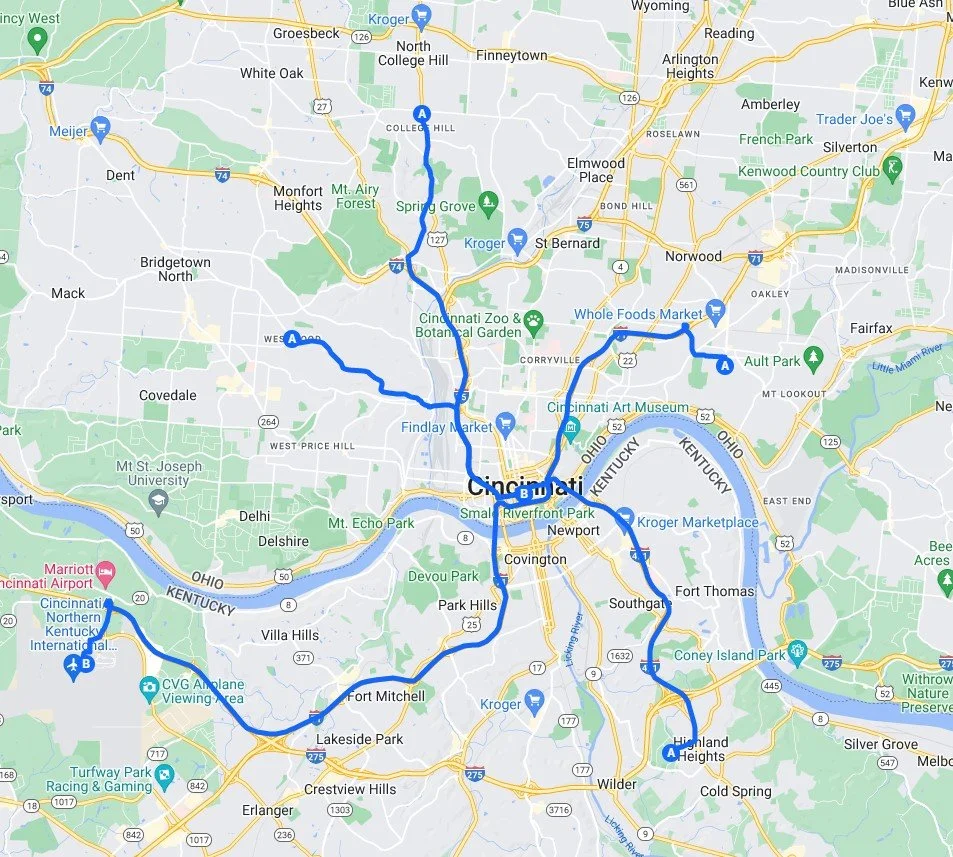The Brent Spence Expansion and Light Rail Option
The Brent Spence Bridge, which spans the Ohio River connecting Cincinnati, Ohio and Covington, Kentucky, has garnered a lot of attention in recent years due to its perception of congested traffic. However, when compared to other congested roads in the United States, the Brent Spence Bridge ranks 45th on the list according to the Federal Highway Administration's Mobility Trends report. This means that there are 44 other roads in the country that are more congested than the Brent Spence Bridge.
One organization that has been particularly vocal about the need to widen the Brent Spence Bridge is the American Transportation Research Institute (ATRI). This group, which is funded by the trucking industry, has lobbied for years to widen the Brent Spence corridor at the expense of local citizens' air quality and sound pollution. However, this solution may not be the most effective way to address the congestion on the Brent Spence Bridge.
Instead of spending the estimated $3.8 billion on widening the freeway, we should consider investing in alternative solutions such as light rail. According to the Austin Transportation Department, the cost of building one mile of at grade light rail in Austin, Texas is approximately $90 million (https://www.kxan.com/investigations/2-years-into-austins-project-connect-is-the-light-rail-still-on-track/). This means that the $3.8 billion allocated for widening the Brent Spence Bridge could potentially build 42 miles of light rail. This would not only address the congestion on the Brent Spence Bridge, but also provide a more sustainable and efficient transportation option for the surrounding community.
Greater Cincinnati light rail which could be built with $3.8B
Furthermore, widening the freeway may not even be a long-term solution to the congestion on the Brent Spence Bridge. A phenomenon known as "induced demand" occurs when expanding a roadway leads to an increase in the number of cars using it, ultimately resulting in the same level of congestion as before. This has been observed in numerous studies, including a report by the Texas A&M Transportation Institute, which found that induced demand leads to increased vehicle miles traveled and ultimately more congestion.
In conclusion, while the Brent Spence Bridge may experience some congestion, it is not as severe as other roads in the United States. Instead of investing in a potentially ineffective solution like widening the freeway, we should consider alternative options such as light rail that can provide a more sustainable and efficient transportation option for the surrounding community.

